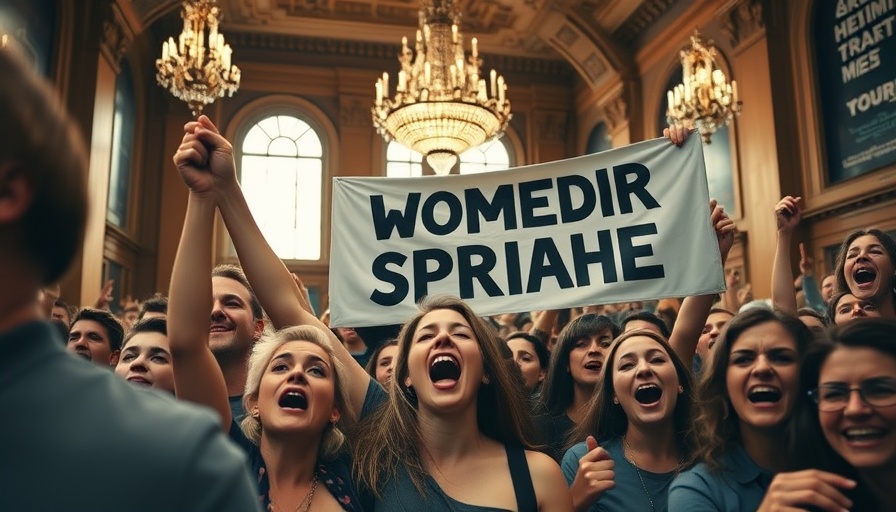
A Tense Situation at Columbia University
Columbia University recently made headlines as it called upon the New York City Police Department (NYPD) to assist in removing pro-Palestinian demonstrators who had occupied a section of the Butler Library. This unprecedented step reflects a growing tension on campuses nationwide, where protests and dissenting voices are becoming more visible and confrontational.
Understanding the Background of the Protest
Pro-Palestinian demonstrations at universities are not new, but the vigor and visibility they exhibit today reflect the broader political climate. Following events in the Gaza Strip, frustration has escalated among support groups advocating for Palestinian rights. Columbia's decision to request police intervention raises pressing questions about the balance between the right to protest and the maintenance of public safety.
The Incident Explained
On the day of the protest, demonstrators reportedly stormed into Columbia's library, resulting in property damage and a significant disruption. Videos captured by bystanders illustrated the chaos as protesters sought to express their dissent regarding the conflict. Acting University President Claire Shipman noted in her statement that the situation posed a significant safety hazard, which led to the call for police support. The NYPD intervened, and several individuals were taken into custody.
Political Responses to the Protest
Soon after the incident, Governor Kathy Hochul expressed her gratitude to the public safety officials for keeping students safe, emphasizing everyone's right to protest but also insisting that violence and vandalism are unacceptable. Meanwhile, Mayor Eric Adams issued a statement reiterating the city’s stance, affirming support for peaceful protests but condemning any behavior that infringes on safety or legality. His reassurance targeted not only the demonstrators but also the students who identified with the Jewish community, who felt threatened by the unrest.
The Broader Context of Campus Protests
Campus protests across the United States have increasingly become epicenters for political discourse and conflict. These demonstrations are often fueled by national debates around social justice, human rights, and foreign policy. Universities like Columbia serve as microcosms reflecting broader societal divisions, and the dynamics at play often require careful navigation by university administrators.
Potential Consequences for Students and the University
The consequences of such demonstrations are profound for students involved and for the university itself. For students wishing to advocate for causes they believe in, incidents like the one at Columbia raise concerns about the legal repercussions they may face if protests spiral out of control. Likewise, the university’s reputation may hang in the balance as it attempts to uphold both academic freedom and the safety of its community.
Future Insights: Balancing Protests and Peace
Looking forward, university administrations might need to reassess their approach to campus protests. Engagement strategies that prioritize open dialogue while also fostering a safe environment may become vital. Universities may need to implement policies that clearly define boundaries for protests, ensuring that they remain constructive rather than disruptive.
Final Thoughts on Civil Discourse
Civil discourse is essential in discussing contentious issues. In times of heightened emotions and disagreements, fostering a respectful dialogue between opposing viewpoints can pave the way towards understanding and resolution. As the events at Columbia demonstrate, finding common ground while safeguarding institutional integrity is an ongoing challenge for universities.
 Add Element
Add Element  Add Row
Add Row 



Write A Comment